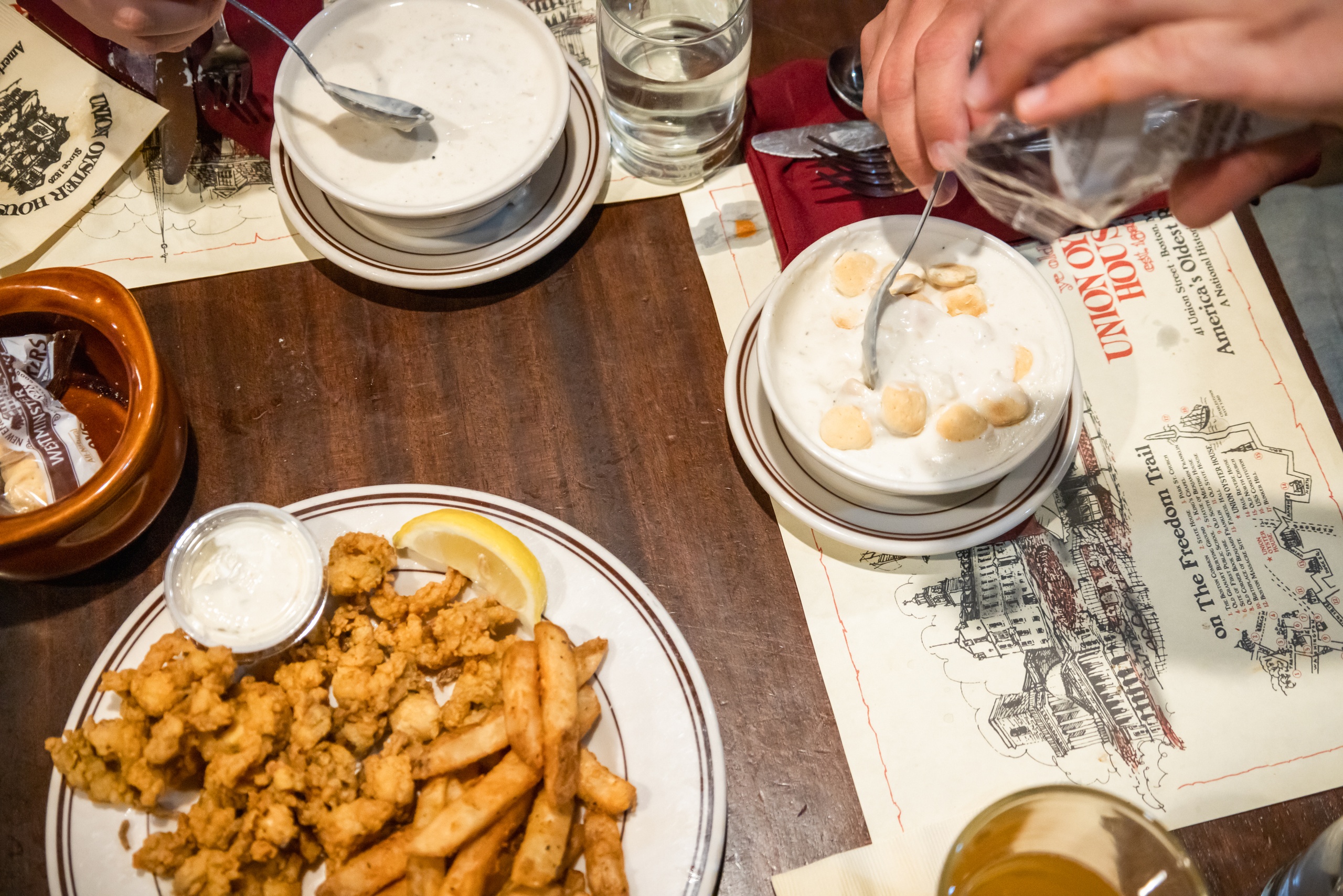Making Boston’s Historic Seafood Tour Routes Accessible for All Adventurers
Boston’s historic seafood tour routes offer a unique blend of maritime culture and urban exploration. This guide focuses on making these storied paths accessible, providing practical advice to ensure every visitor can enjoy the flavors and sights of the waterfront with confidence.
Choose Sturdy Footwear
Wear shoes with good grip and support to handle varying terrain from smooth sidewalks to uneven cobblestones, reducing the risk of slips or discomfort.
Plan for Hydration
Bring a refillable water bottle; water fountains are limited along the route, especially in warmer months, to stay energized and comfortable.
Check Accessibility Features
Verify access ramp locations and restroom facilities in advance, especially if mobility devices are involved, to avoid surprises and enjoy a smoother visit.
Time Your Walk
Visit early morning or late afternoon to avoid peak tourist traffic, enjoy cooler temperatures, and capture better light for photos.
Making Boston’s Historic Seafood Tour Routes Accessible for All Adventurers

The Boston Seafood Tour
From: $99 | 2.5 Hours | Indulge in a sampling of Boston's delicious local seafood
Discover Boston’s rich maritime history and exceptional seafood with a private harbor tour by WeVenture Boston. Enjoy stunning waterfront views, fresh local cuisine, and personalized insights into Boston’s vibrant fishing culture.
Boston’s iconic seafood tour routes trace a path along the waterfront and through historic neighborhoods, inviting all who traverse them to taste the city’s rich maritime culture. These routes offer a blend of cobblestones, bustling piers, and views of the harbor—terrain that can challenge accessibility but doesn't have to exclude it. Addressing accessibility on these historic paths means balancing respect for the past with modern demands for inclusion and ease.
The main seafood routes typically stretch between 2 and 4 miles, linking neighborhoods like the North End, the Seaport District, and parts of Charlestown. Elevation gain is modest, usually under 100 feet, but surface conditions vary from smooth sidewalks to uneven stone paths and occasional steps, which can pose challenges for those with mobility impairments.
To ensure these routes welcome everyone, practical modifications are key: tactile paving to guide visually impaired visitors, ramped access at key piers, and clear, consistent signage with large print and braille. Local businesses can support accessibility by providing seating areas for rest and clear entryways. Public transit stops are nearby, but confirming bus and subway accessibility ahead of time is advised.
On arrival, adventurers encounter the scent of salt air and sizzling seafood, while the sounds of gulls wheeling above compete with the bustling chatter of markets and ferry horns. The water dares you closer, reflections dancing on its surface, calling for a break to soak in the view of Boston Harbor’s timeless activity.
Preparation is straightforward but essential: solid, comfortable footwear is a must for cobbled and occasionally slick surfaces; hydration is vital, especially during summer’s heat when shade is scarce along the waterfront; early morning or late afternoon walks sidestep midday crowds and allow catching the golden light that makes the harbor gleam.
Boston’s seafood routes present a challenge not in ruggedness but in navigating old infrastructure fiercely itself—fixed in place yet needing to adapt. Respecting that tension while pushing for greater accessibility transforms these tours from niche excursions into inclusive urban adventures that welcome casual wanderers and seafood lovers alike.
Planning your visit with mobility needs in mind ensures a smooth experience. Reach out to local visitor centers or tour providers beforehand to inquire about specific accommodations. Such preparation opens the door to a path lined with historic charm, fresh ocean fare, and a city that pushes forward—accessible to all eager explorers.
Nearby Trips
All Adventures
Boat Charters
Water Activities
Adventures near Boston
Discover the unique and memorable adventures that make Boston special.
Frequently Asked Questions
Are the seafood tour routes wheelchair accessible?
While many parts of the routes feature smooth sidewalks and ramps, cobblestone sections and historic piers may be difficult to navigate with wheelchairs. Checking specific locations for ramp access and contacting local visitor centers for updated info helps plan an accessible itinerary.
What is the best way to start the seafood tour?
Begin in the North End to experience authentic seafood vendors and historic streets, then proceed toward the Seaport area for newer markets and waterfront views. This sequence keeps the path mostly level and compact.
When is the least crowded time to visit these routes?
Early mornings on weekdays, particularly outside major summer weekends, provide a quieter experience, allowing better social distancing and a more peaceful exploration.
Are there public restrooms along the route?
Restrooms are available in select public parks and some restaurants but remain limited. Planning breaks at established eateries or visitor centers increases comfort and convenience.
Is there a risk of encountering rough weather during the tour?
Waterfront areas can become gusty and slick after rain, especially in cooler months. Monitoring weather forecasts and wearing appropriate footwear reduces risks significantly.
What wildlife might I see along Boston’s seafood routes?
Gulls are frequent and vocal companions, while harbor seals occasionally peek near the piers. Watching for these creatures adds a living layer to the tour’s maritime ambiance.
Recommended Gear
Supportive walking shoes
Handle varied surfaces—cobblestones, paved paths—and reduce foot fatigue.
Portable water bottle
Staying hydrated is crucial during warmer months with limited water refilling stations.
Layered clothing
Allows you to adapt to shifting temperatures along the waterfront and in changing weather conditions.
Sun protection (hat and sunscreen)
Safeguards skin on exposed stretches, especially during midday.
Local Insights
Hidden Gems
- "Christopher Columbus Waterfront Park, a quiet green space away from main crowds offering unique harbor perspectives"
- "The lesser-known Paul Revere Mall with its colorful tile work and shaded spots"
Wildlife
- "Herring gulls, known for their bold presence"
- "Harbor seals near Long Wharf, especially in cooler months"
History
"Boston’s seafood routes follow maritime arteries traveled for centuries, connecting colonial docks to present-day markets, reflecting evolving trade and culinary traditions."
